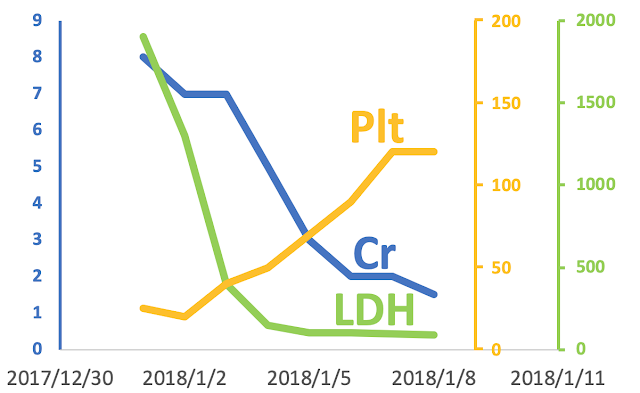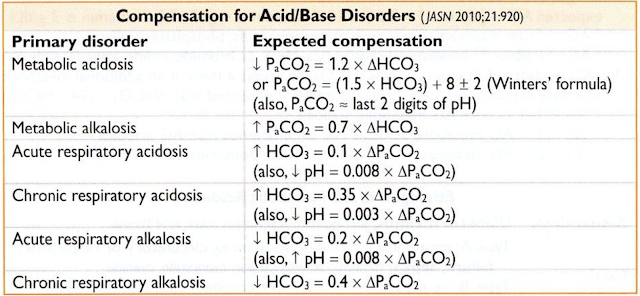Google OR-Tools : 如何快速尋找最佳解
最近在找尋排班方法,意外找到這個方便的工具Google OR-tools
本著程式界小白的精神,順便整理google內附的範例
以後可以複習用
在閱讀之前要先了解何謂optimization problem
舉個簡單的例子
假設今天我們有n艘船,每艘船的承載量都不同
有x種貨物,每個貨物重量不同
(今天先不考慮貨物大小)
要如何讓每艘船達到最大負載量
以往沒有這公式,大部分的人就只能憑經驗去分配
但自從服用了OR-tools,我每次考試都考100分呢(誤)
可以幫我們快速尋找到最佳解
廢話不多說,我們先來看第一個例子
先從簡單的線性優化(linear optimization)開始
條件:
目標:
取 3x+y 的最大值
在開始解之前,大家先記得以下步驟,
這是你在思考每個題目時的思考邏輯
# Step 1: Import the linear solver, or MIP, or cp_model
# Step 2: Add the solution printer
# Step 3: Declare the linear solver, or MIP, or cp_model
# Step 4: Create a database and requests
# Step 5: Create the variables
# Step 6: Define the constraints
# Step 7: Define the objective
# Step 8: Create a solver and invoke solve
# Step 9: Call a printer and display the results
裡面的每個步驟不一定都會用到,但大抵都是照著這個去走
如果還沒安裝OR-tools的人記得去安裝
第一步先匯入線性優化的工具,
不懂沒關係,多看幾次就知道了
之後還有MIP和CP-SAT,都是類似的
限定y介於0到2之間的變數,並且將他的名稱叫做'y'
1) 先定義這個constraint叫'ct',並且他會介於0-2之間
2) 設定x和y之前的係數
1) 將objective叫賦值給objective
2) 設定x和y之前的係數
3) 目標是取最大值 SetMaximization
之後當我們運用這個程式時,可以得到
是不是輕鬆又愉快呢,為什麼以前數學要寫這麼久呢QQ
下次開始正式介紹線性優化了
同樣的東西,其實可以寫得更簡單喔
本著程式界小白的精神,順便整理google內附的範例
以後可以複習用
在閱讀之前要先了解何謂optimization problem
舉個簡單的例子
假設今天我們有n艘船,每艘船的承載量都不同
有x種貨物,每個貨物重量不同
(今天先不考慮貨物大小)
要如何讓每艘船達到最大負載量
以往沒有這公式,大部分的人就只能憑經驗去分配
但自從服用了OR-tools,
可以幫我們快速尋找到最佳解
廢話不多說,我們先來看第一個例子
先從簡單的線性優化(linear optimization)開始
條件:
| 0 | ≤ | x | ≤ | 1 |
| 0 | ≤ | y | ≤ | 2 |
| x + y | ≤ | 2 |
取 3x+y 的最大值
在開始解之前,大家先記得以下步驟,
這是你在思考每個題目時的思考邏輯
# Step 1: Import the linear solver, or MIP, or cp_model
# Step 2: Add the solution printer
# Step 3: Declare the linear solver, or MIP, or cp_model
# Step 4: Create a database and requests
# Step 5: Create the variables
# Step 6: Define the constraints
# Step 7: Define the objective
# Step 8: Create a solver and invoke solve
# Step 9: Call a printer and display the results
裡面的每個步驟不一定都會用到,但大抵都是照著這個去走
# Step 1: Import the linear solver, or MIP, or cp_model
from __future__ import print_functionfrom ortools.linear_solver import pywraplp
如果還沒安裝OR-tools的人記得去安裝
第一步先匯入線性優化的工具,
不懂沒關係,多看幾次就知道了
之後還有MIP和CP-SAT,都是類似的
# Step 5: Create the variables
這裡直接跳到Step 5,因為沒有太多參數及限制條件# Create the variables x and y. x = solver.NumVar(0, 1, 'x') y = solver.NumVar(0, 2, 'y') print('Number of variables =', solver.NumVariables())限定x介於0到1之間的變數(NumVar),並且將他的名稱叫做'x'
限定y介於0到2之間的變數,並且將他的名稱叫做'y'
# Step 6: Define the constraints
# Create a linear constraint, 0 <= x + y <= 2. ct = solver.Constraint(0, 2, 'ct') ct.SetCoefficient(x, 1) ct.SetCoefficient(y, 1) print('Number of constraints =', solver.NumConstraints())定義約束(Constraint)條件:
1) 先定義這個constraint叫'ct',並且他會介於0-2之間
2) 設定x和y之前的係數
# Step 7: Define the objective
# Create the objective function, 3 * x + y. objective = solver.Objective() objective.SetCoefficient(x, 3) objective.SetCoefficient(y, 1) objective.SetMaximization()定義我們的目標(objective)
1) 將objective叫賦值給objective
2) 設定x和y之前的係數
3) 目標是取最大值 SetMaximization
# Step 8: Create a solver and invoke solve
# Create the linear solver with the GLOP backend. solver = pywraplp.Solver('simple_lp_program', pywraplp.Solver.GLOP_LINEAR_PROGRAMMING)指定pywraplp內的參數GLOP_LINEAR_PROGRAMMINGGLOP來解
solver.Solve() print('Solution:') print('Objective value =', objective.Value()) print('x =', x.solution_value()) print('y =', y.solution_value())調用solver.Solve()並且印出解答
之後當我們運用這個程式時,可以得到
Solution: x = 1.0 y = 1.0
是不是輕鬆又愉快呢,為什麼以前數學要寫這麼久呢QQ
下次開始正式介紹線性優化了
同樣的東西,其實可以寫得更簡單喔



留言
張貼留言